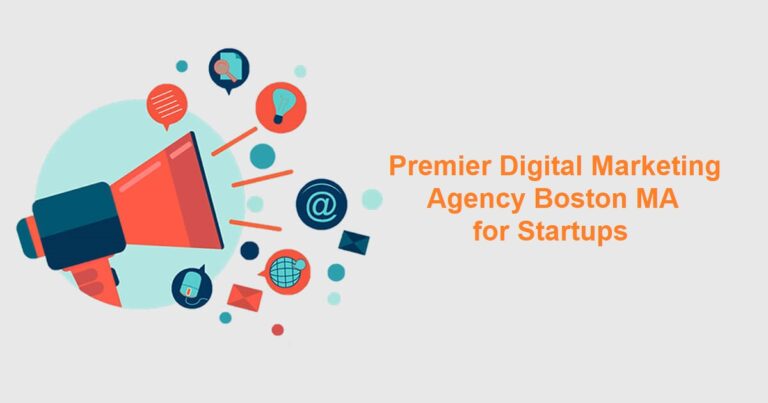The Role of Sales Qualified Leads (SQLs) in Business Growth
In the intricate machinery of business growth, where each component must work in sync, sales qualified leads (SQLs) play a pivotal role. These leads represent more than just interest—they embody readiness. As pre-vetted prospects primed for direct sales engagement, SQLs are where marketing momentum becomes measurable revenue. Far from being a passing metric, SQLs are essential to a business’s ability to grow with focus and efficiency. Here’s how they drive that growth forward.
What Defines a Sales Qualified Lead?
A sales qualified lead is a prospect who has moved beyond general interest and shown clear intent to buy. While marketing qualified leads (MQLs) are still being nurtured, SQLs have met defined criteria that signal they’re ready for a sales conversation. This readiness often includes:
- Requesting a quote or pricing information
- Booking a product demo or sales call
- Meeting qualification benchmarks such as budget, authority, and timeline
For a B2B SaaS company, an SQL might be an operations manager who has completed a free trial and reached out for a pricing discussion. For a retail business, it could be a customer who has filled a cart and asked about shipping or product availability. SQLs aren’t speculative—they’re actionable.
Connecting the Funnel: From Awareness to Action
In the traditional sales and marketing funnel, SQLs represent a critical inflection point. At the top, businesses generate awareness through campaigns and content. As leads engage and qualify, some become MQLs. But it’s at the bottom of the funnel—where sales-qualified leads live—that true sales opportunities emerge.
A lead might journey like this:
- 1,000 website visitors
- 200 download a product guide (MQLs)
- 50 request a consultation (SQLs)
These 50 are the focus of the sales team—high-potential leads with a real chance of converting. SQLs bridge the divide between marketing outreach and revenue generation.
SQLs and Revenue Efficiency
SQLs are the antidote to wasted effort. Treating all leads equally stretches budgets and burns out sales teams. By focusing on SQLs—those most likely to convert—companies make better use of time, tools, and marketing spend.
Example:
A $10,000 marketing campaign generates 1,000 leads. Without qualification, the sales team converts just five at $1,000 each—$5,000 in revenue.
If 100 of those leads are SQLs and convert at 20%, the result is 20 sales and $20,000 in revenue. Same spend, quadruple the return.
SQLs enable this kind of focused growth, maximizing the return on every sales and marketing dollar.
Empowering Sales Teams
One of the core benefits of SQLs is the empowerment of the sales team. Rather than chasing cold leads or wasting time qualifying prospects, reps can focus on leads already showing high intent.
This leads to:
- Shorter sales cycles: SQLs often close faster—weeks instead of months.
- Higher win rates: Pre-qualified leads convert at significantly higher rates.
- Better resource allocation: Sales efforts are focused where they matter most.
For this to work, sales and marketing must be aligned on what constitutes an SQL. A shared definition—based on behavior, demographics, and intent—ensures everyone’s working from the same playbook.
Targeting High-Value Customers
Business growth isn’t just about more customers—it’s about the right ones. SQLs help identify and convert high-value prospects that deliver outsized returns.
Example:
A luxury travel agency identifies 20 SQLs from a webinar, five of whom book $5,000 packages. That’s $25,000 in revenue from just a handful of leads. Meanwhile, 200 general leads who don’t qualify as SQLs yield only $10,000.
Focusing on SQLs sharpens targeting and lifts average deal size. It also helps identify repeat buyers and brand advocates, driving lifetime value.
Measuring SQL Success
To leverage SQLs effectively, businesses must measure their impact. Key metrics include:
- SQL-to-customer conversion rate: Are your SQLs turning into paying clients?
- Cost per SQL: How much does it cost to generate each sales-ready lead?
- Revenue per SQL: What’s the average deal size from an SQL?
Example:
A consultancy spends $5,000 to generate 50 SQLs. Fifteen convert, bringing in $150,000—an ROI of 3:1. This kind of analysis helps allocate future budget, refine campaigns, and improve funnel performance.
Trends also matter. If SQL conversions fall from 25% to 15%, your criteria, content, or handoff process may need revision.
Common Challenges in SQL Strategy
Despite their value, managing SQLs can be tricky:
- Over-qualification: Strict definitions may exclude viable prospects who need just a little more nurturing.
- Under-qualification: Loose criteria can flood sales teams with leads that aren’t truly ready.
- Poor data quality: Missing or inaccurate information skews qualification and undermines sales efforts.
To overcome these issues:
- Hold regular meetings between marketing and sales to align on SQL criteria.
- Reevaluate lead scoring models based on real conversion data.
- Audit CRMs and automation systems to ensure data integrity.
Calibrating your SQL process ensures it remains effective as markets evolve and your business scales.
SQLs and Long-Term Value
SQLs are often tied to higher customer lifetime value (CLV). Their readiness typically signals better alignment with your product, resulting in:
- Longer retention: SQLs tend to stay subscribed or engaged longer.
- Upsell potential: Sales-qualified customers are more receptive to add-ons and upgrades.
- Referral impact: A satisfied SQL-turned-customer often refers others, compounding their value.
For a SaaS firm, SQLs may remain subscribed twice as long as leads that weren’t qualified, effectively doubling their value over time.
SQLs as a Growth Strategy
SQLs aren’t just a step in the funnel—they’re a strategic growth tool. When used effectively, they:
- Focus sales and marketing teams on leads that matter
- Reduce acquisition costs by improving conversion efficiency
- Increase revenue per lead and maximize ROI
- Enhance customer quality and long-term retention
By clearly defining, diligently measuring, and continuously optimizing the SQL process, businesses can build a reliable path from interest to income.
Building Growth on SQL Foundations
In the pursuit of scalable, sustainable growth, sales qualified leads are the foundation. They concentrate effort, reduce waste, and align departments around a common goal: converting high-potential prospects into paying customers.
Growth doesn’t happen by accident—it’s engineered. And SQLs are the blueprint that ensures every move is calculated, every dollar well spent, and every opportunity fully realized.



